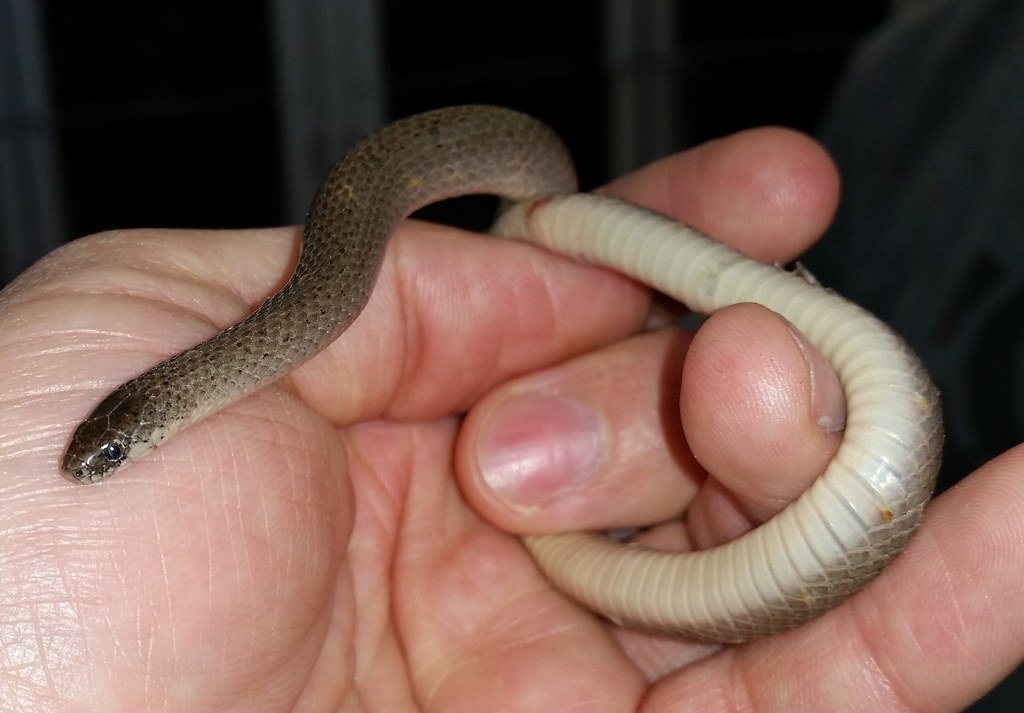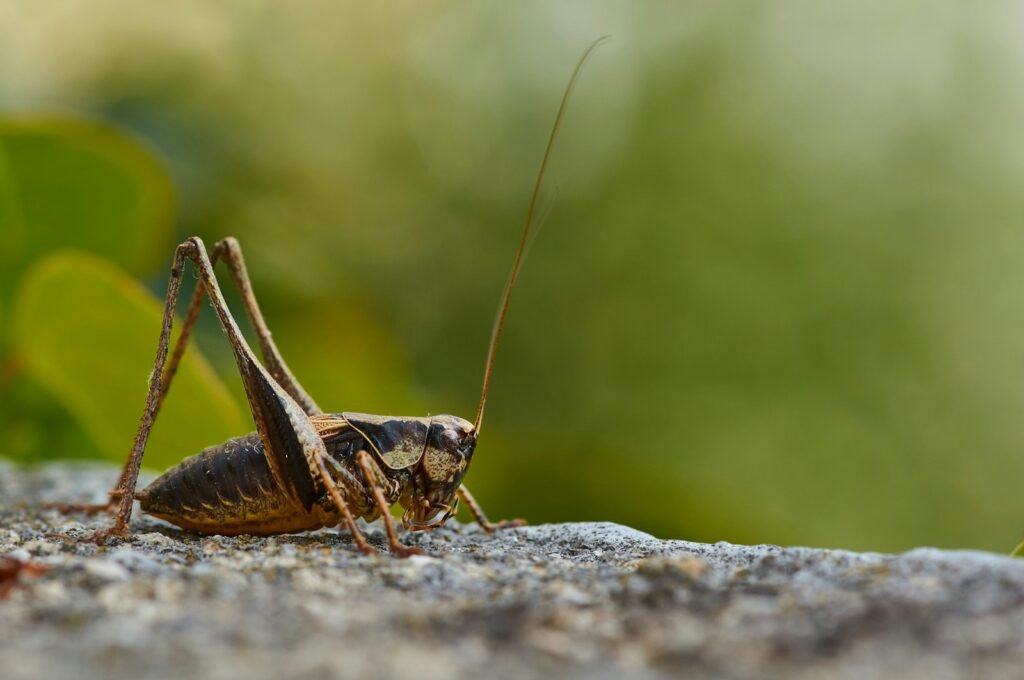Imagine strolling through a peaceful garden, only to be surprised by a sudden pop—the sound of a plant launching its seeds with the force and speed of a tiny cannon. This isn’t the stuff of science fiction, but a real phenomenon in nature, starring the incredible “exploding cucumber.” Known for its jaw-dropping method of seed dispersal, this plant has fascinated scientists and nature lovers alike for generations. Its explosive tactic is not just a spectacle; it’s a powerful strategy for survival that showcases the wild creativity of evolution. Are you ready to dive into the world of the plant that shoots its seeds like bullets?
What Is the Exploding Cucumber?
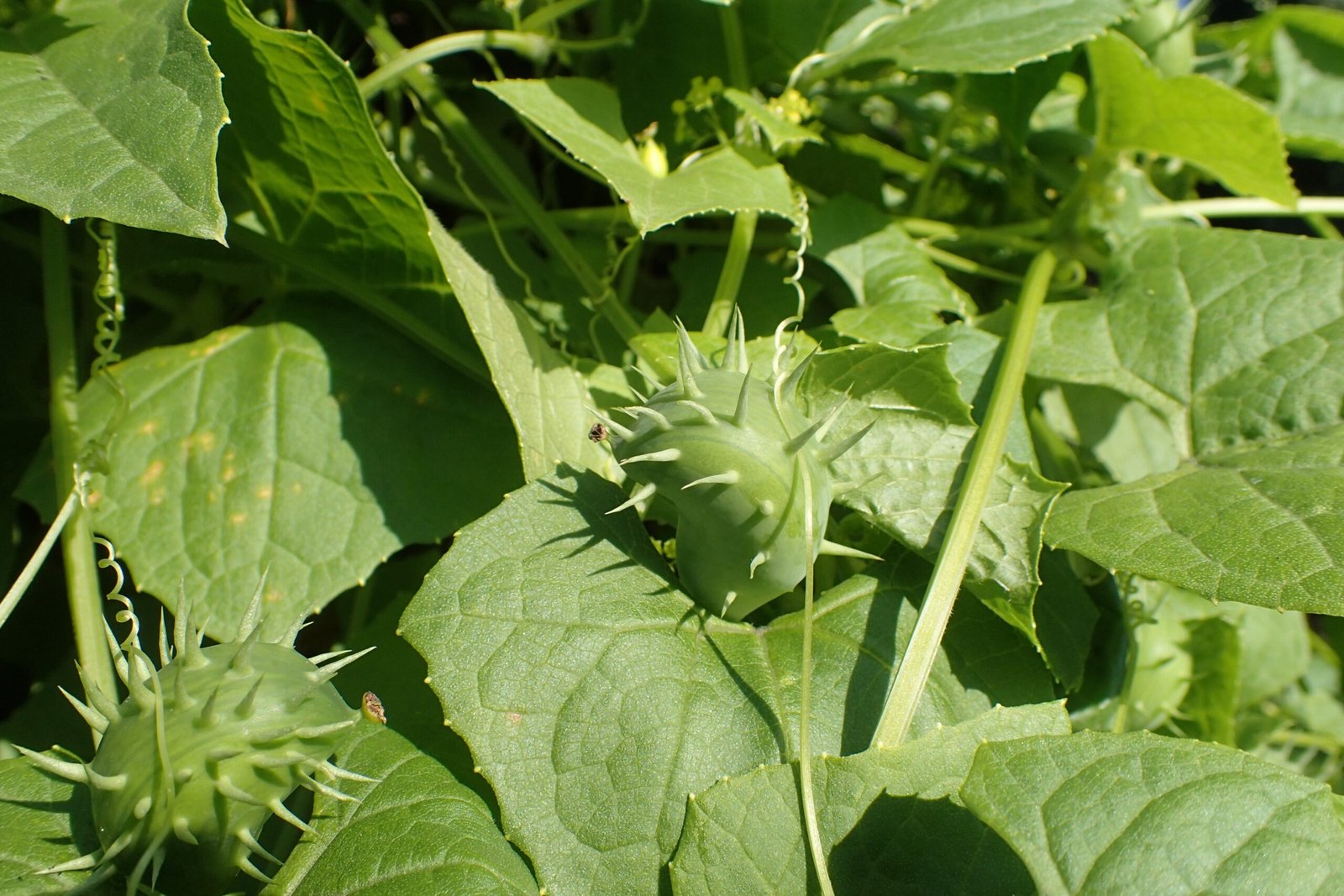
The exploding cucumber, scientifically named Ecballium elaterium, is a humble-looking plant with an extraordinary secret weapon. Native to the Mediterranean region, this plant doesn’t grow edible cucumbers but instead produces oblong, spiky fruits. At first glance, the plant appears unassuming, blending in with the surrounding vegetation. However, when its fruit reaches maturity, it transforms into a biological slingshot, waiting for the right moment to unleash its seeds. Unlike common garden cucumbers, the exploding cucumber’s fruit is not meant for consumption—its purpose is all about spreading its future generations far and wide.
The Science Behind the Explosion
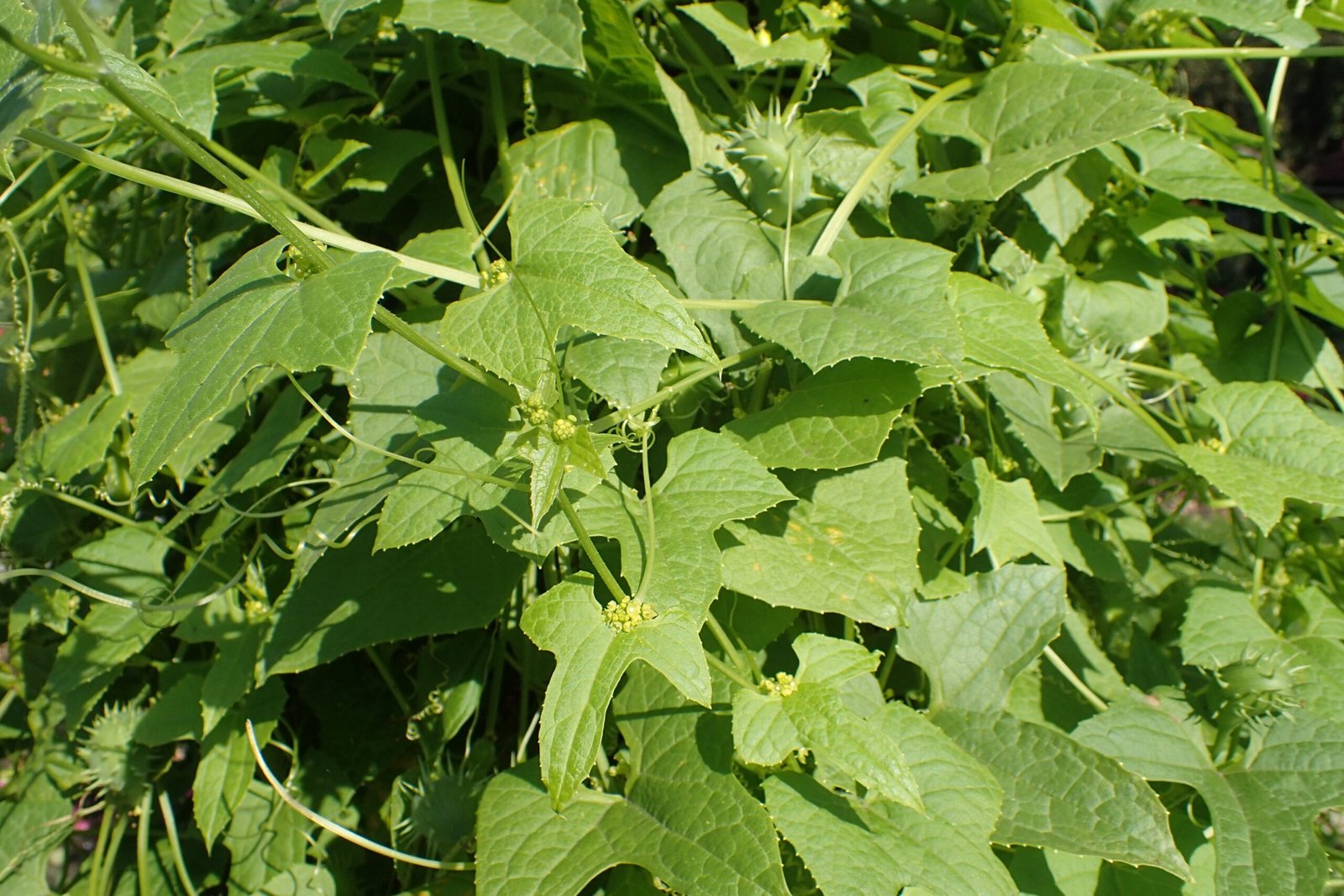
The magic of the exploding cucumber lies in its remarkable seed dispersal mechanism, which is a marvel of natural engineering. As the fruit ripens, internal pressure builds up due to the accumulation of liquid inside. This pressure can reach astonishing levels, sometimes up to 27 atmospheres—about 400 pounds per square inch! When the fruit is disturbed, or when it naturally reaches a critical threshold, the stem end detaches, and the fruit bursts open. The seeds, surrounded by a mucilaginous liquid, are propelled out at speeds of up to 60 kilometers per hour, shooting several meters away from the parent plant.
Why Explode? The Evolutionary Advantage
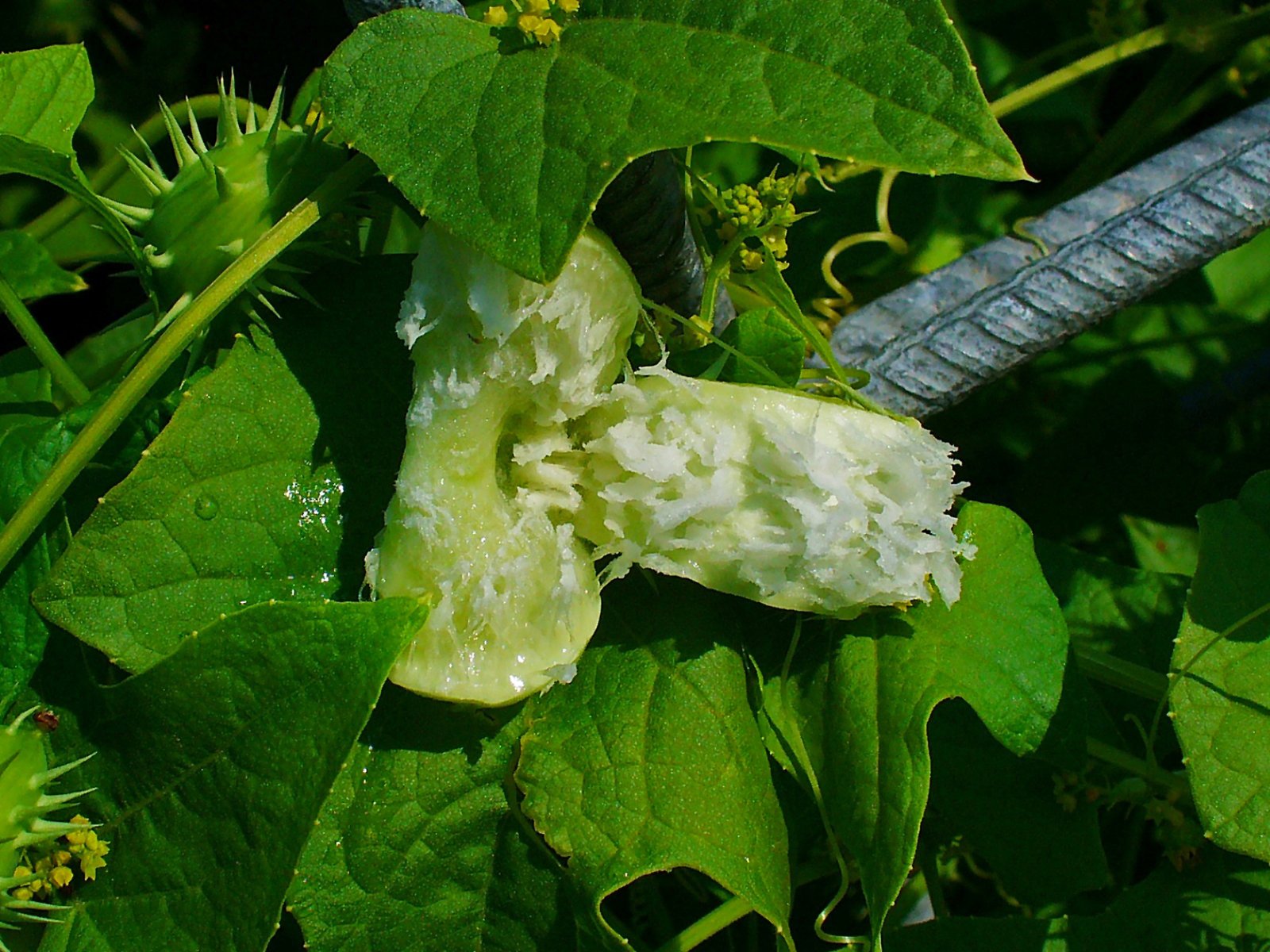
You might wonder why a plant would evolve such a dramatic method for dispersing its seeds. The answer lies in competition and survival. By shooting its seeds far from the parent plant, the exploding cucumber reduces competition for resources such as sunlight, water, and nutrients. This strategy also helps the seeds colonize new areas, increasing their chances of finding suitable conditions for germination. In the wild, where space and resources can be fiercely contested, this explosive approach gives the exploding cucumber a significant edge over less adventurous neighbors.
How the Exploding Mechanism Works
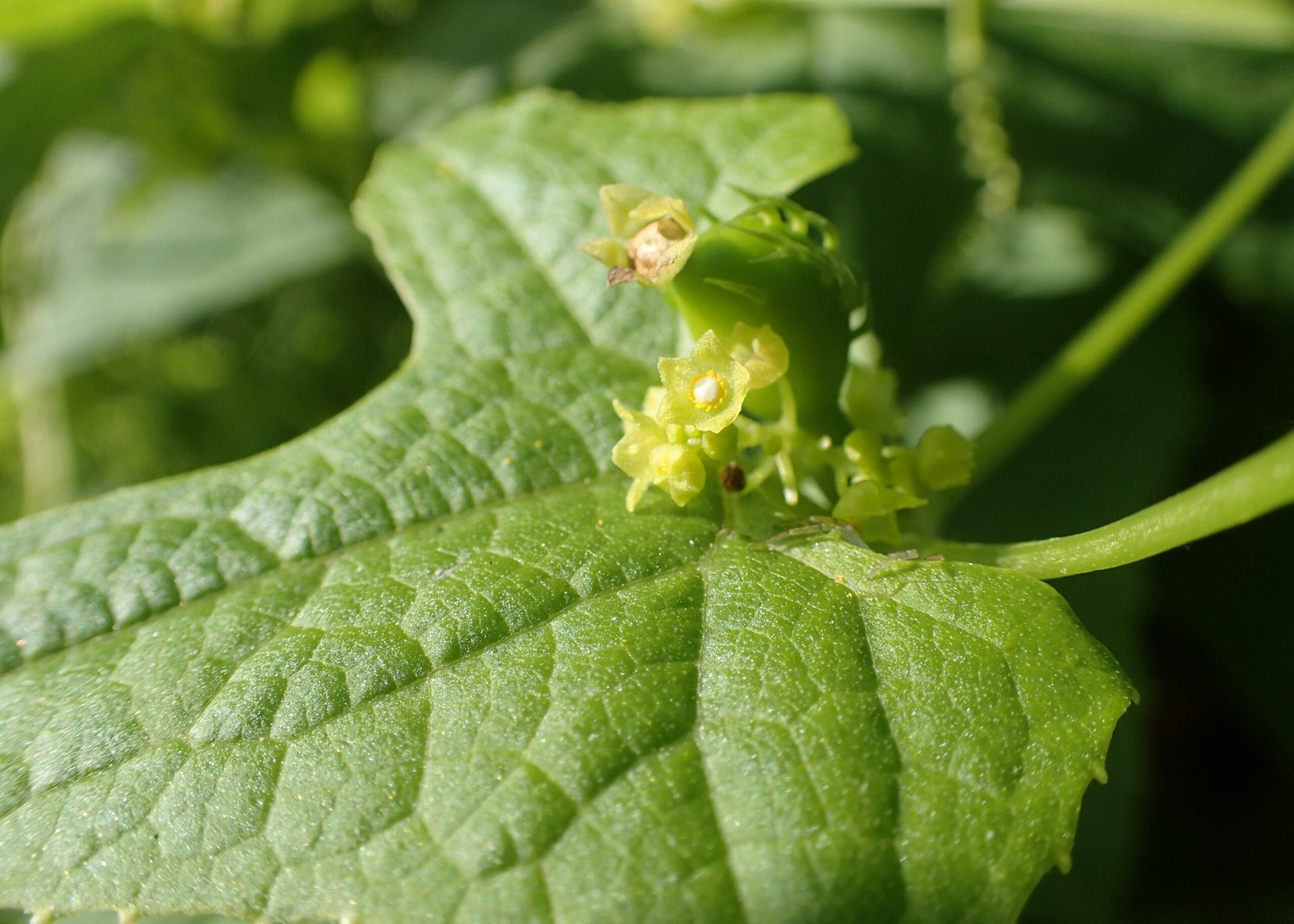
Inside the fruit, the pressure doesn’t build up by chance. Specialized cells in the fruit wall actively pump water into a gelatinous cavity, causing the fruit to swell and become tense. This is a bit like inflating a balloon until it’s ready to pop. The tension eventually overcomes the strength of the stem attachment, and with a sudden release, the fruit’s end cap flies off. The seeds, suspended in the sticky, watery pulp, are launched outward with impressive force. This clever mechanism ensures the seeds are not just dropped nearby but are scattered over a wide area.
Ecballium Elaterium: The Plant’s Life Cycle
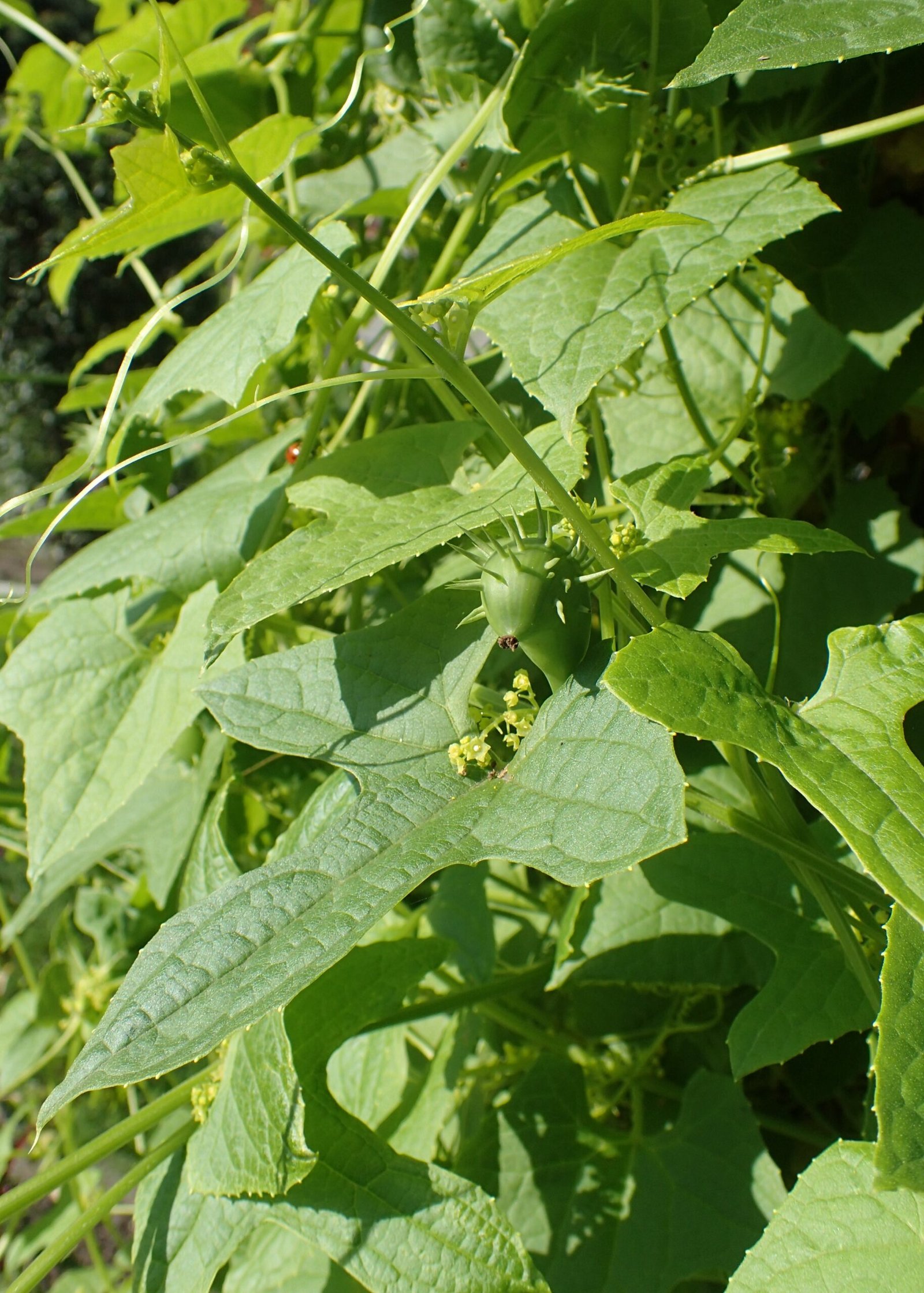
The exploding cucumber’s life cycle is as dynamic as its seed dispersal. It starts as a seed buried in the soil, often several meters away from its parent thanks to the previous year’s explosion. Once germinated, the plant grows low to the ground, with sprawling stems and hairy leaves that help conserve moisture in its hot, dry Mediterranean habitat. By midsummer, the distinctive fruits develop, swelling gradually as they ripen. After the dramatic seed launch, the plant’s story comes full circle, with new seeds waiting for favorable conditions to sprout and repeat the explosive cycle.
Not Just a Party Trick: The Plant’s Role in the Ecosystem
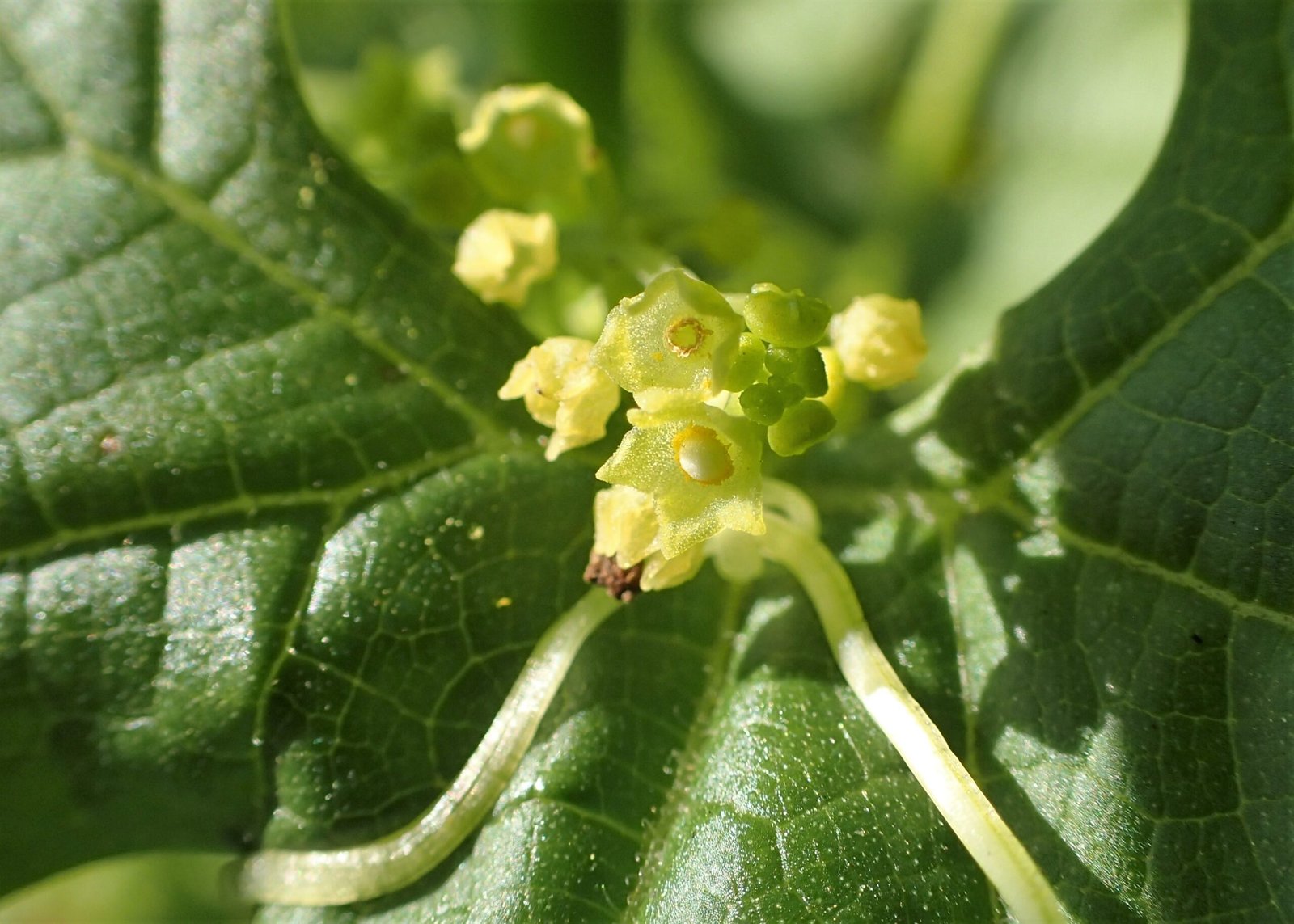
The exploding cucumber is more than just a botanical oddity; it plays a vital role in its ecosystem. By spreading its seeds far and wide, the plant helps to stabilize soil and provide ground cover in arid environments. Its leaves and stems offer shelter for small insects and animals, while its flowers attract pollinators such as bees and butterflies. Although the fruit is toxic and inedible to most creatures, its presence contributes to the biodiversity and resilience of Mediterranean landscapes.
A Warning: Toxicity and Human Interactions

While the exploding cucumber is fascinating, it also comes with a warning label. The plant is highly toxic to humans and animals if ingested, containing compounds known as cucurbitacins. These chemicals can cause severe gastrointestinal distress and other serious health issues. Historically, extracts from the plant were used in traditional medicine, but such uses are considered dangerous by modern standards. Handling the fruit is generally safe, but it’s best to observe this plant’s explosive spectacle from a respectful distance.
Similar Explosive Plants Around the World
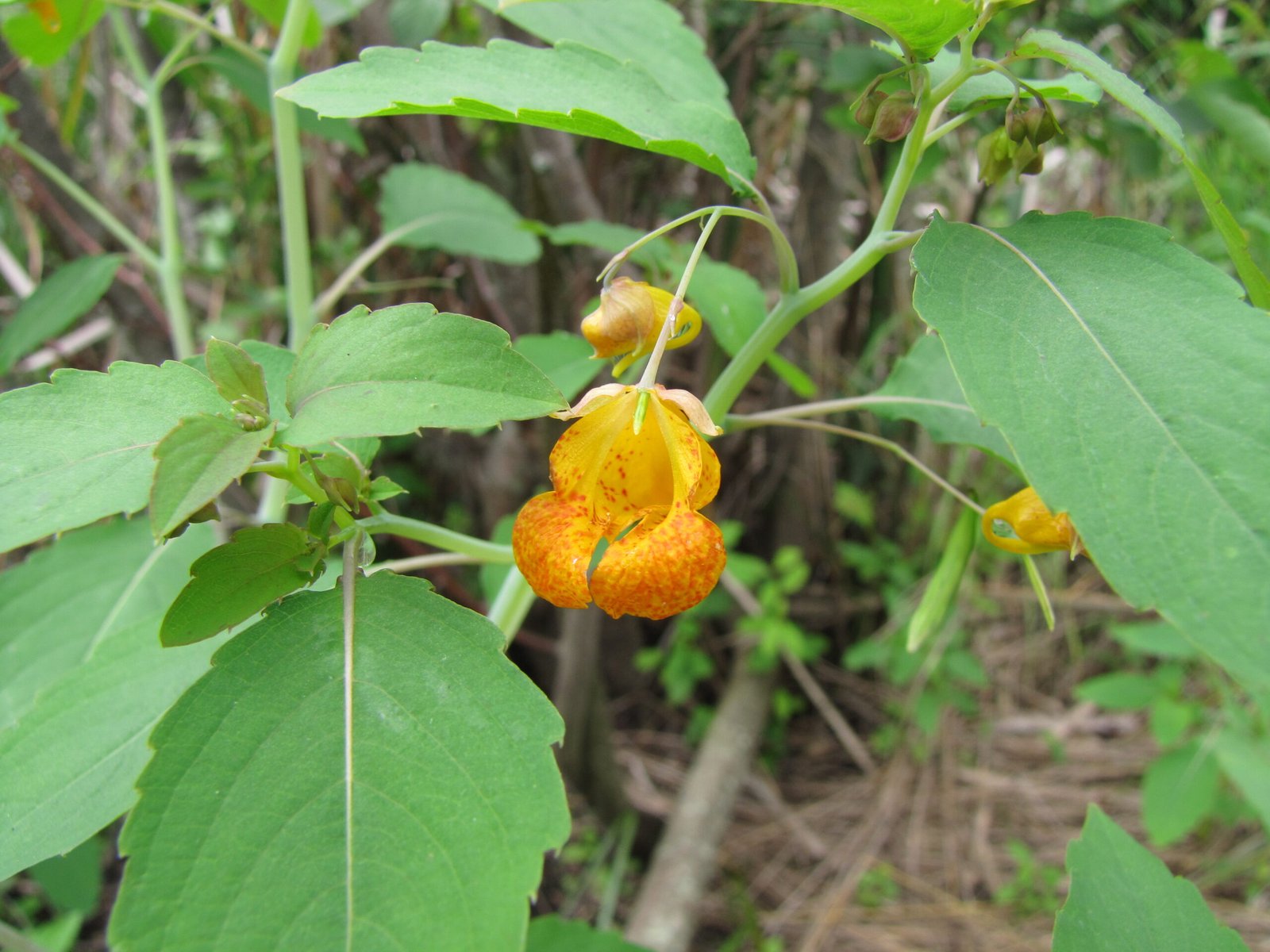
The exploding cucumber isn’t the only plant with a dramatic seed launch. Nature has evolved similar strategies in other species. For example, the touch-me-not (Impatiens) ejects its seeds when touched, and the sandbox tree (Hura crepitans) can launch seeds with a loud bang. These plants demonstrate that explosive seed dispersal is a successful strategy for survival, popping up in different families and regions. Each species has its own twist on the mechanism, but all share the goal of maximizing their offspring’s chances.
Remarkable Research: Scientists Study the Explosion
Scientists have long been intrigued by the exploding cucumber’s mechanics. Modern high-speed cameras and pressure sensors have allowed researchers to capture the split-second details of the explosion, revealing just how powerful and efficient the process is. Studies have also explored the genetic and cellular basis for the buildup of pressure and the sudden release mechanism. This research not only satisfies scientific curiosity but could inspire innovations in engineering, such as new designs for dispersal devices or pressure-release systems.
The Exploding Cucumber in Culture and Folklore
Throughout history, the exploding cucumber has captured the imagination of people living in its native range. Folklore and stories often mention its strange habit of “shooting” at passersby, sometimes attributing magical qualities to the plant. In some regions, people use the plant’s dramatic seed dispersal as a teaching tool for children, illustrating the wonders of nature’s inventiveness. While not widely cultivated, its reputation as a botanical oddity ensures that it remains a memorable character in gardens and wild landscapes.
Nature’s Ingenious Inventions: Lessons from the Exploding Cucumber
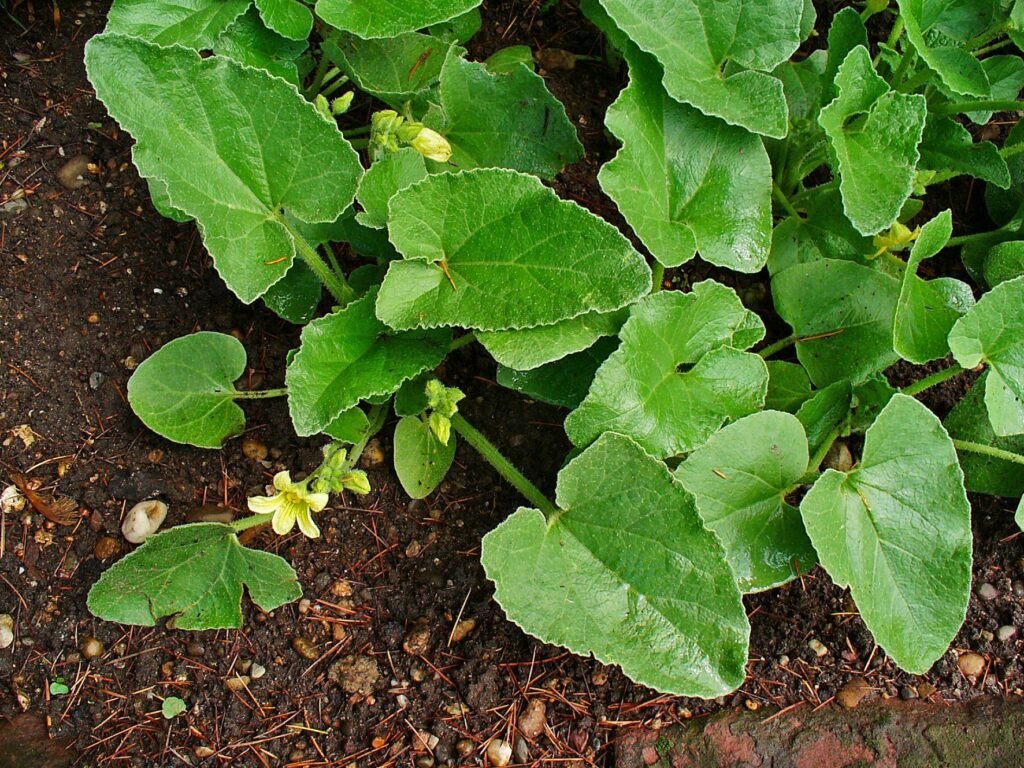
The exploding cucumber reminds us that the natural world is filled with surprises and ingenious solutions to life’s challenges. Its explosive seed dispersal is a brilliant adaptation, honed over countless generations. This plant’s story encourages us to look closer at the ordinary and discover the extraordinary, even in the smallest details. As we marvel at the exploding cucumber’s fireworks, we’re reminded of the endless creativity found in nature’s toolbox. Isn’t it astonishing how something so small can leave such a big impression?

![Pepinillo del diablo [Exploding Cucumber] (Ecballium elaterium).](https://discoverwildscience.com/wp-content/uploads/2025/05/9bd67f62-e889-4f9c-bed3-f538bb5d98fa.jpg)
